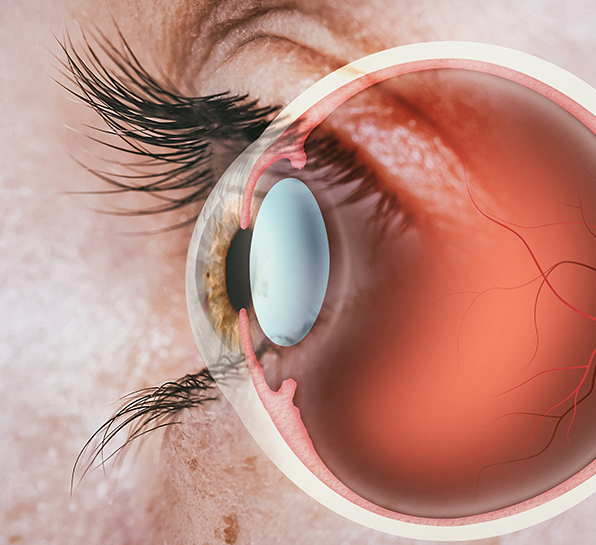Open six days a week - book a consultation with a specialist now - No Hidden Charges, No Pressure, Affordable

Corneal Collagen Crosslinking Plus (CXL+) refers to a modified or combined version of the standard corneal cross-linking (CXL) procedure. It involves combining cross-linking with other vision-correcting treatments to both halt the progression of keratoconous and improve visual outcomes. This approach takes advantage of the corneal stabilisation achieved through cross-linking while incorporating additional procedures to reshape the cornea or correct refractive errors such as nearsightedness or astigmatism.

While standard corneal cross-linking focuses solely on strengthening the cornea to stop keratoconous progression, CXL Plus introduces extra steps aimed at improving vision. These additional treatments may include laser vision correction, implantable devices, or even specialized lens fitting.


Corneal Collagen Crosslinking (CXL) is an advanced, combination approach designed for patients with keratoconous or corneal ectasia, offering a two-in-one solution: stabilising the cornea through cross-linking while improving vision through additional procedures like PRK, INTACS, or customised lenses. This tailored approach can help patients maintain better long-term vision while preventing further deterioration, making it a highly effective option for those with early to mid-stage keratoconous.

Dr Mani has performed more than 35,000 ophthalmic procedures, including LASIK, LASEK, PRK, Femto Cataract, RLE, Lens ICL and Phakic IOL Surgery

We are recognised by most UK and international medical insurance providers.
Please call us to ask about private healthcare insurance.







